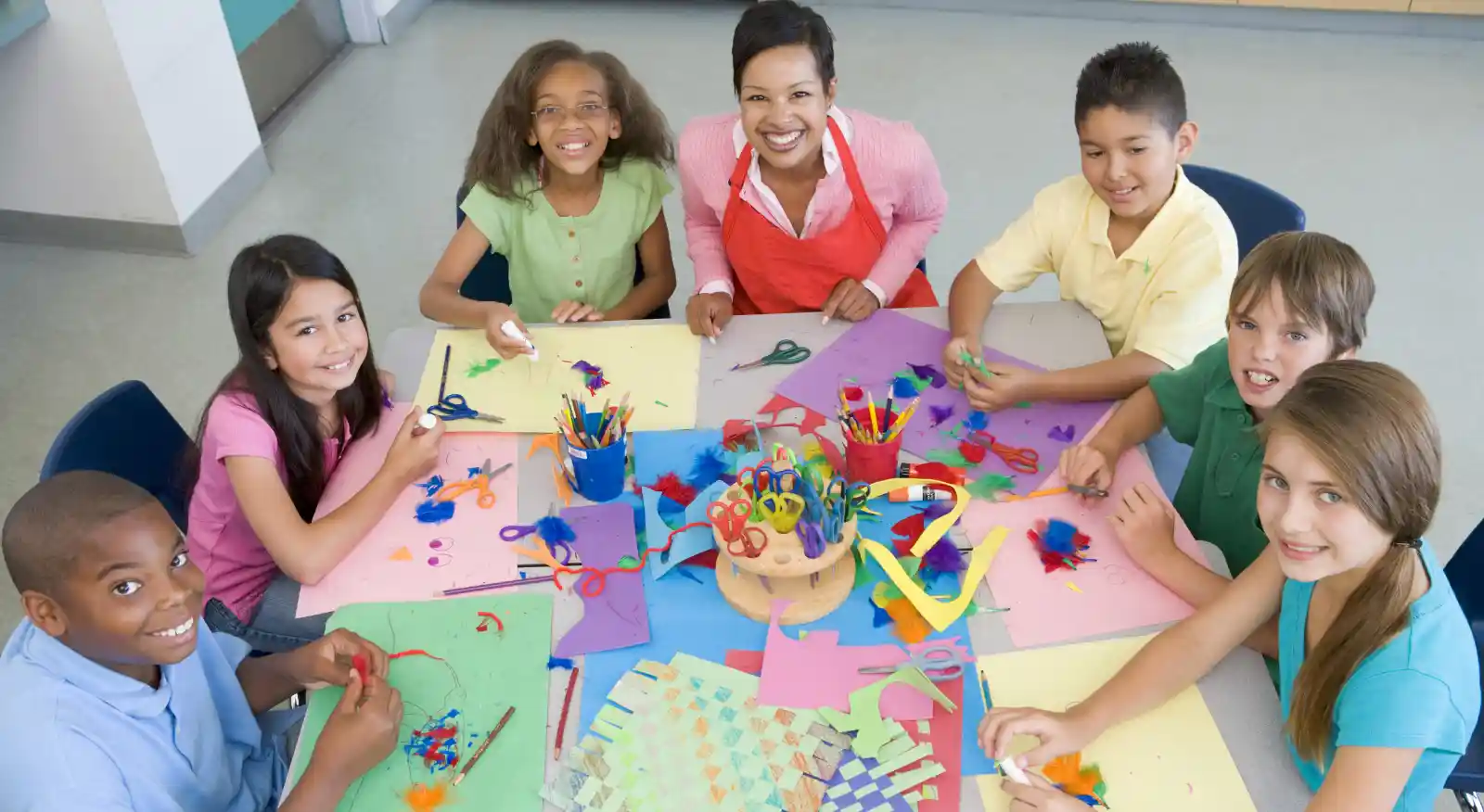
Art Jamming in Singapore: A Fun and Relaxing Activity for All Ages
Children thrive when they have the freedom to explore and express themselves. Creative activities—such as art, music, drama, and hands-on projects—play a vital role in a child’s learning journey. They make education more engaging, improve cognitive skills, and help children develop important life skills. Here’s how creative activities can enhance learning and academic performance in school.
1. Boosts Focus and Concentration
Engaging in creative activities requires attention to detail, whether it’s coloring within the lines, sculpting clay, or playing an instrument. These activities train children to focus, improving their ability to pay attention in the classroom and complete academic tasks effectively.
2. Encourages Problem-Solving Skills
Creativity involves making decisions and experimenting with different approaches. When kids engage in art projects, storytelling, or creative problem-solving games, they learn to think critically and find solutions. This helps them tackle challenges in subjects like math and science with greater confidence.
3. Enhances Memory and Retention
Studies show that creative activities improve memory. For example, when children create drawings to represent a story or act out historical events, they remember the details better. Hands-on learning strengthens brain connections, making it easier for kids to retain information.
4. Develops Communication and Language Skills
Activities like storytelling, drama, and creative writing help children express their thoughts more clearly. Whether they are describing their artwork or narrating a story, these experiences improve vocabulary, sentence structure, and overall communication skills.
5. Builds Confidence and Self-Expression
Creative activities allow children to express themselves freely without the fear of being wrong. Completing an art project or performing in front of an audience gives them a sense of accomplishment, boosting their self-esteem and willingness to participate in classroom discussions.
6. Encourages Emotional Development
Through creative expression, children can process their emotions and experiences in a healthy way. Drawing, painting, or engaging in role-play helps them communicate feelings they may struggle to express verbally. This emotional intelligence is crucial for personal growth and social interactions.
7. Makes Learning More Enjoyable
When lessons are interactive and hands-on, children are more engaged and excited to learn. Creative activities break the monotony of traditional learning and make subjects like science, history, and language more fun and relatable.
8. Promotes Teamwork and Social Skills
Group art projects, music performances, and collaborative storytelling help children develop teamwork skills. They learn to listen to others, share ideas, and work towards a common goal—important skills that benefit them both in school and in life.
9. Encourages a Growth Mindset
Creativity teaches children that mistakes are part of learning. When they experiment with new techniques or try a different approach, they understand that failure is not an endpoint but a step toward improvement. This mindset helps them stay motivated in academics and beyond.
10. Supports Overall Academic Performance
Research shows that students who engage in creative activities perform better in core subjects. Creativity enhances brain function, improves comprehension, and strengthens critical thinking skills—leading to higher academic achievement.
